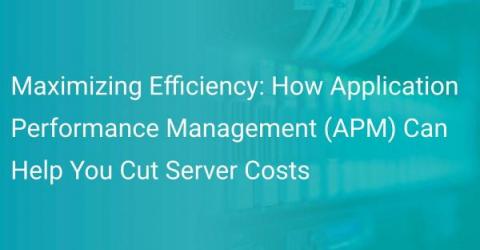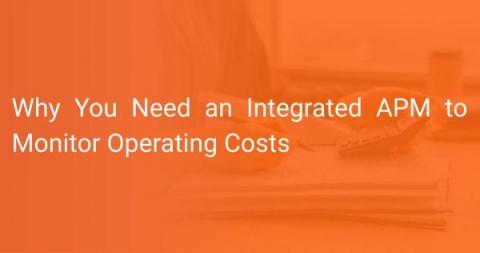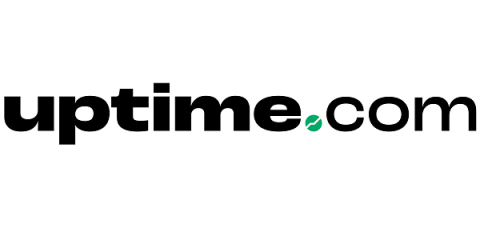Scout APM: Reasons to Get a New Dog
Veteran programmer? Experienced application performance monitoring (APM) connoisseur? Whatever your specific tech chops, you know the importance of ensuring your applications are running optimally. Every minute a business app is down or slow to respond translates into lost revenue and frustrated customers. That’s why smart businesses rely on APM solutions to monitor and analyze their applications’ performance in real-time.











